
Journal list menu
Export Citations
Download PDFs
Articles
The Dutch chain approach on pharmaceuticals in water: Stakeholders acting together to reduce the environmental impact of pharmaceuticals
- First Published: 24 August 2022
Global cancer statistics 2022: GLOBOCAN estimates of incidence and mortality worldwide for 36 cancers in 185 countries
- First Published: 04 April 2024
A call to action to advance patient-focused and decentralized clinical trials
- First Published: 09 January 2024
This commentary is a call to action for a concerted commitment and effort to transform clinical trials and enable people with cancer to participate in clinical trials closer to home. Three key strategies are identified to address major barriers: confront challenges with the interpretation of US Food and Drug Administration Form 1572 requirements (Statement of Investigator); broaden acceptance of local laboratories and imaging centers; and invest in the creation of effective, sustainable partnerships between research centers and local providers.
Association of travel time, patient characteristics, and hospital quality with patient mobility for breast cancer surgery: A national population-based study
- First Published: 08 January 2024
In the English National Health Service, a health care system that allows patients to choose where they receive cancer treatments, women diagnosed with breast cancer were more likely to receive surgery at hospitals offering specialist breast cancer procedures or that employed surgeons who had a media reputation. Older women, those with comorbid conditions, and ethnic minority women were less likely to travel to alternative, more distant hospitals for treatment, potentially exacerbating inequalities in outcomes.
Promoting informed approaches in precision oncology and clinical trial participation for Black patients with cancer: Community-engaged development and pilot testing of a digital intervention
- First Published: 13 October 2023
We developed and pilot-tested a digital intervention to promote informed decision-making regarding precision oncology and clinical trial participation among Black patients with cancer. Key informant interviews and pilot-testing suggest that the intervention could be a promising interactive decision-support tool.
Second edition of the Milan System for Reporting Salivary Gland Cytopathology: Refining the role of salivary gland FNA
- First Published: 16 November 2023
The second edition of the Milan System for Reporting Salivary Gland Cytopathology, published in July 2023, includes refined risks of malignancy based on systematic reviews and meta-analyses, a new chapter summarizing the use of salivary gland imaging, new advances in ancillary testing, updates in nomenclature, and a guide to the practical application of the latest ancillary markers for the diagnosis of selected salivary gland fine-needle aspiration cases.
The rationale for the development and publication of the World Health Organization reporting systems for cytopathology and a brief overview of the first editions of the lung and pancreaticobiliary systems
- First Published: 13 September 2023
The World Health Organization (WHO) reporting systems for lung and pancreaticobiliary cytopathology were recently published and will be closely followed by the publication of WHO reporting systems for lymph node, spleen and thymus, and soft tissue cytopathology and then reporting systems on liver, breast, and kidney and adrenal. This review provides the rationale and history of this joint International Academy of Cytology, International Agency for Research on Cancer, and WHO cytopathology project and a brief overview of the WHO reporting systems for lung and pancreaticobiliary cytopathology.
Clinical teachers' toolbox article: Harnessing narrative medicine to learn from underserved populations
- First Published: 21 March 2024
Barriers to routine dental care for children with special health care needs
- First Published: 26 July 2023
Does education in special care dentistry increase people's confidence to manage the care of a more diverse population?
- First Published: 26 September 2023
The equity group: Supporting Cochrane's social responsibility of improving health equity
- First Published: 15 May 2023
Empowering workplace allies for lesbian, gay, bisexual, and transgender employees to prevent and minimize psychological distress: A scoping review
- First Published: 23 June 2023
A context-specific conceptual framework of evidence synthesis to improve childhood cancer health outcomes and resource use in Egypt: Using real-world data and addressing the implementation gaps
- First Published: 17 April 2023
Challenges facing standardised patients representing equity-deserving groups: Insights from health care educators
- First Published: 29 March 2023
The authors explore healthcare educator insights into how safety for Standardized Patient work related to equity-deserving groups requires unique focus to avoid the educational process itself being oppressive.
Who is the ‘standard’ patient?
- First Published: 03 March 2023
The authors describe the harm, to patients and professionals alike, of medical education's tendency to assume the white cisgendered man to be the "normal" from which all other patient identities are deviations.
Development and validation of a questionnaire to identify barriers to the implementation of the Clinical Practice Guidelines for lower limb amputees in a middle-income country
- First Published: 19 March 2024
A protocol for adapting a clinical practice guideline for the treatment of paediatric asthma for the Egyptian Pediatric Clinical Practice Guidelines Committee
- First Published: 13 March 2024
A narrative inquiry into non-Indigenous medical educators and leaders participation in reconciliatory work
- First Published: 22 February 2024
This paper aims to better understand the pathways of non-Indigenous medical educators and leaders engaged in Indigenous reconciliation.
Eat on SNAP: Food Insecurity Awareness & Education Week
- First Published: 21 February 2024
An evaluation of the recommendations for primary nutrition research addressing noncommunicable disease using the EPICOT+ framework: A cross-sectional descriptive meta-research study of Cochrane nutrition systematic reviews
- First Published: 18 March 2024
The use of a large language model to create plain language summaries of evidence reviews in healthcare: A feasibility study
- First Published: 04 February 2024
Interviews with policymakers in Australian health policy: Understanding the process of policy development
- First Published: 24 March 2024
Perceived social status, socioeconomic status, and preventive dental utilization among a low-income Medicaid adult population
- First Published: 15 November 2023
Childhood caries is associated with poor health and a faster pace of aging by midlife
- First Published: 02 November 2023
Economic evaluation of a water fluoridation scheme in Cumbria, UK
- First Published: 25 March 2024
Socioenvironmental sugar promotion and geographical inequalities in dental health of 5-year-old children in England
- First Published: 20 March 2024
Differences in site-specific cancer incidence by individual- and area-level income in Canada from 2006 to 2015
- First Published: 26 July 2023
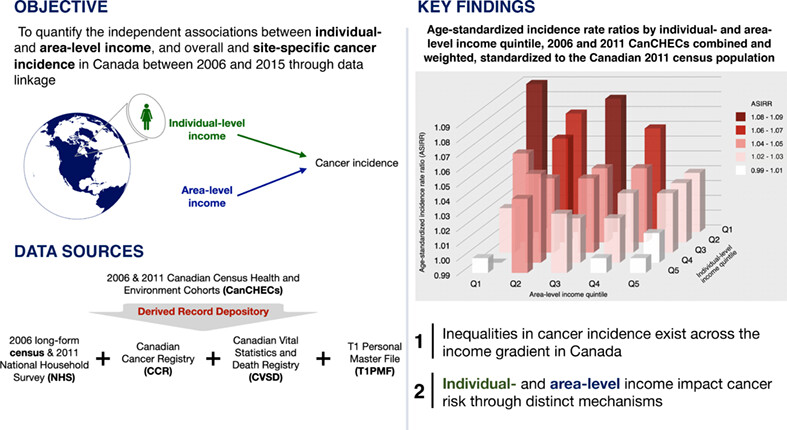
What's new?
Socioeconomic status influences access to healthcare, impacting individuals' health and cancer risk. Here, the significance of socioeconomic status and income in cancer was investigated by comparing associations between individual- and area-level income and site-specific cancer incidence within a Canadian population. Incidence rates varied according to cancer site and income. Notably, incidence of digestive tract cancers, such as stomach and colorectal cancer, was elevated among individuals with low income, while melanoma, cancers of blood-forming tissues and breast and prostate cancer were more common among those with high income. The findings suggest that income predicts overall and site-specific cancer incidence in Canada.
Healthy lifestyle and cancer survival: A multinational cohort study
- First Published: 17 January 2024
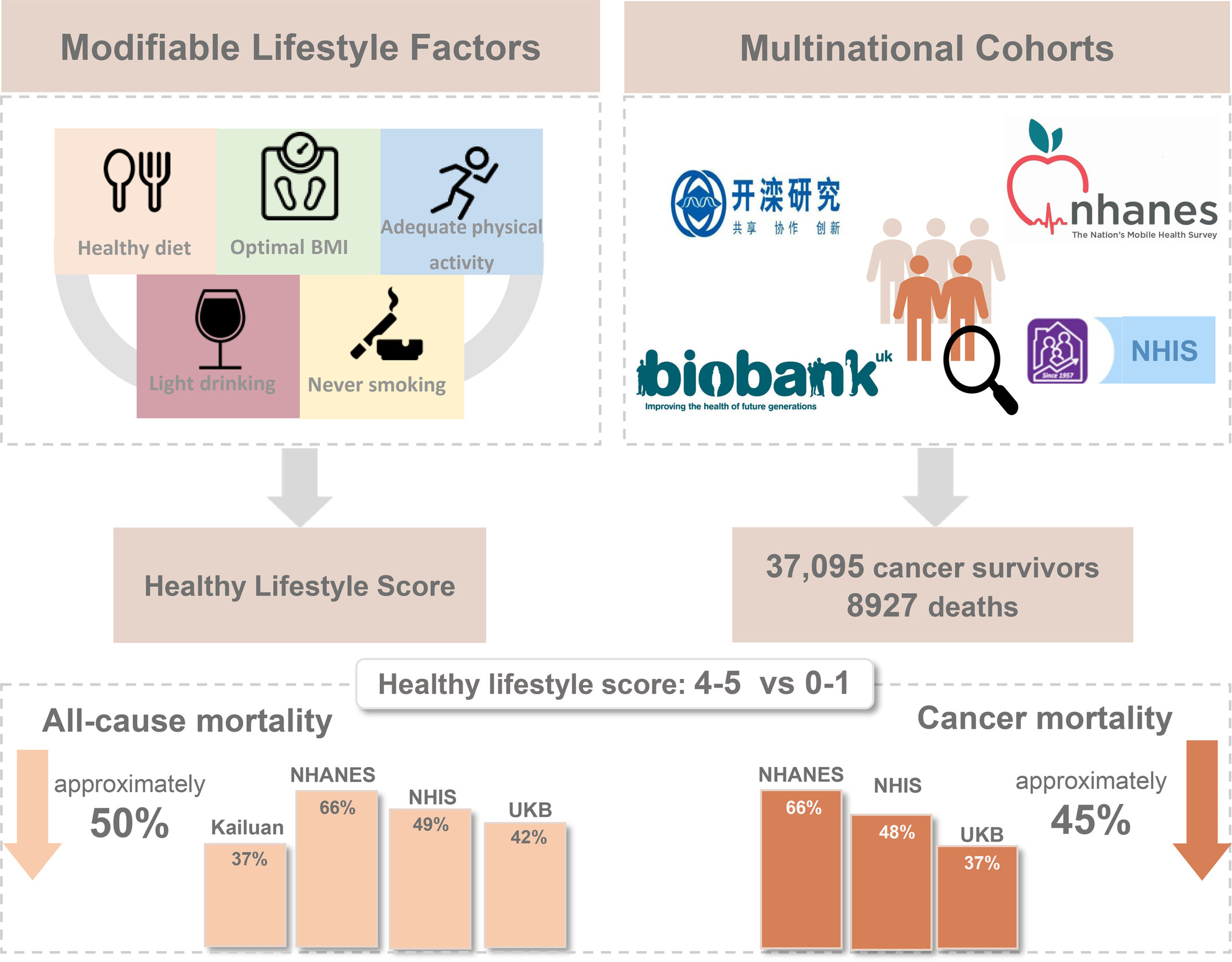
What's new?
This study investigated the independent and joint associations of healthy lifestyle factors with mortality outcomes among cancer survivors by analyzing data from four prospective cohorts across three countries—the National Health and Nutrition Examination Survey and National Health Interview Survey in the United States, the UK Biobank and the Kailuan study in China. Adhering to a healthy lifestyle could reduce the risk of all-cause and cancer mortality by half among cancer survivors. Specifically, avoiding smoking and excessive alcohol consumption, maintaining a healthy diet, engaging in physical activity and maintaining a healthy body mass index were associated with improved prognosis.
Differences in time to patient access to innovative cancer medicines in six European countries
- First Published: 20 October 2023
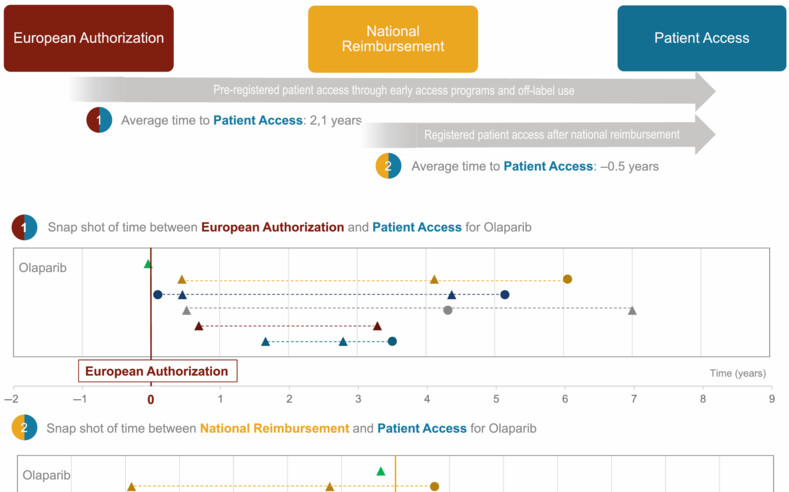
What's new?
The first point of patient access to innovative medicines in Europe often occurs via early access programs (EAPs) or off-label use. Consideration of these factors, however, is mostly neglected in patient access evaluations. This study explored patient access to oncology medicines at the hospital level, with consideration of time, indications and context. Significant heterogeneity in time to access was observed between countries and hospitals. Specialized hospitals were likely to expedite access prior to reimbursement, and some countries were more likely to grant access via EAPs or off-label use. The findings highlight opportunities to improve access to oncology medicines across Europe.
Socioeconomic inequality in prostate cancer diagnostics, primary treatment, rehabilitation, and mortality in Sweden
- First Published: 25 March 2024
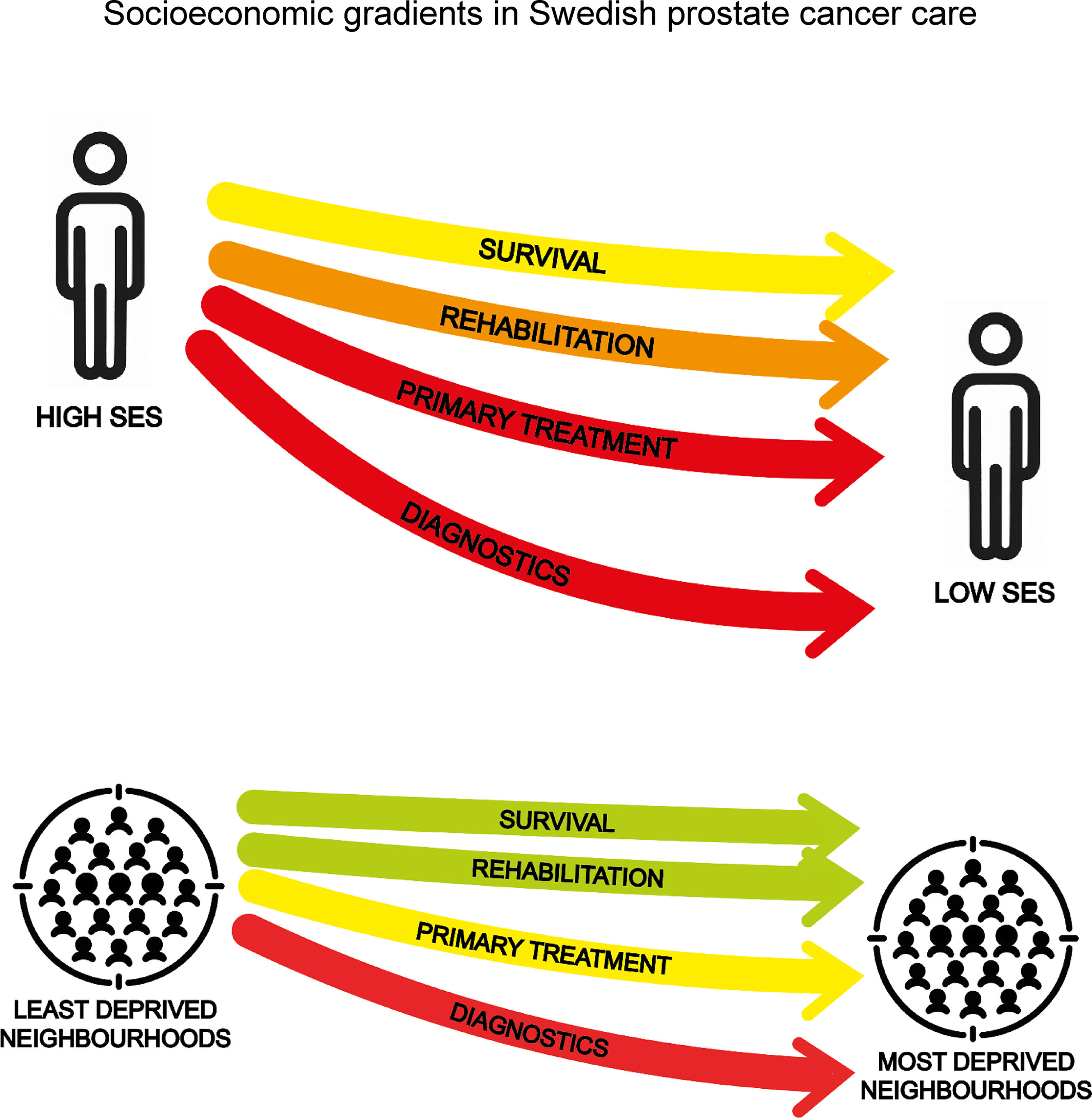
What's new?
Socioeconomic factors influence individual cancer characteristics, as well as quality of cancer care and patient outcomes. Few studies on socioeconomic differences, however, have clearly described impacts specifically on prostate cancer care. Here, the authors investigated associations between aspects of care and education and household income among men with prostate cancer in Sweden. Analyses show that household income and education are significantly associated with use of pre-biopsy magnetic resonance imaging, primary treatment, sexual rehabilitation after surgery, and cause-specific mortality for high-risk non-metastatic prostate cancer. Covariate adjustments attenuated socioeconomic mortality gradients, suggesting that socioeconomic factors influence diagnostics more than later specialist prostate cancer care.
Upholding our rights in research: calling for urgent investment in Aboriginal and Torres Strait Islander health research ethics
- First Published: 04 June 2023
Yarning together: toward targeted, co-designed parenting programs for Aboriginal Australians
- First Published: 20 February 2024
Barriers and opportunities for health service access among fathers: A review of empirical evidence
- First Published: 17 March 2024
‘If I'm not sick, I'm not going to see the doctor’: Access to preventive sexual and reproductive health care for Karen women from refugee backgrounds living in Melbourne, Australia—A qualitative study
- First Published: 07 February 2024
Food insecurity in adults with severe mental illness living in Northern England: A co-produced cross-sectional study
- First Published: 12 March 2024
Indigenous food sovereignty assessment—A systematic literature review
- First Published: 08 May 2023
‘It sort of broke me’: A thematic analysis of the psychological experiences and coping strategies employed by Australian fire-affected farmers
- First Published: 26 February 2024
Prevalence of functional limitations in older remote-living Aboriginal Australians
- First Published: 12 February 2024
The impact of extreme heat on older regional and rural Australians: A systematic review
- First Published: 28 February 2024
Prediction of death rates for cardiovascular diseases and cancers
- First Published: 09 February 2023
Advances in breast cancer screening modalities and status of global screening programs
- First Published: 25 May 2022
Perspectives of vitamin C upregulating regulatory T cells in the era of thrombopoietin receptor agonists for immune thrombocytopenia
- First Published: 06 October 2022
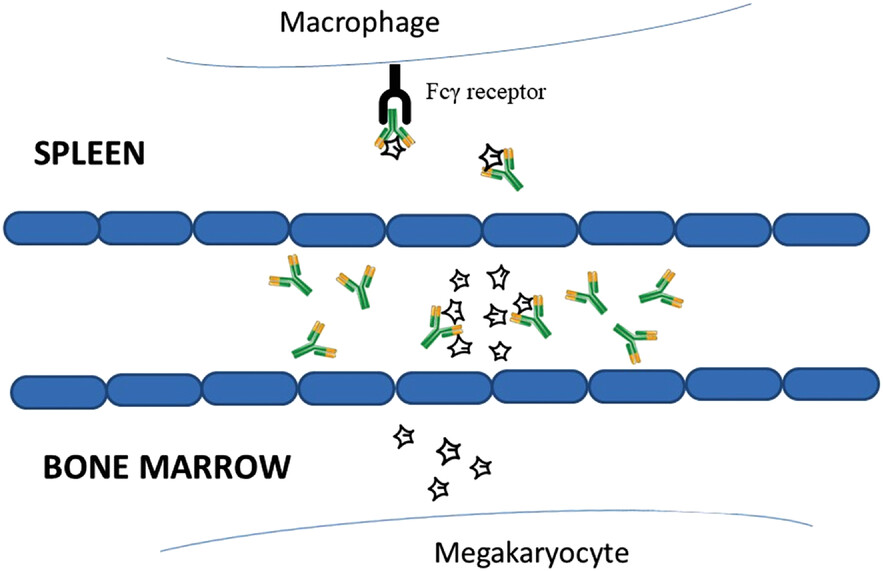
Gross platelet deficiency marks idiopathic thrombocytopenia's pathophysiology: normalization of the regulatory T cells (Tregs) through demethylation may well reverse the abnormal DNA methylation. Despite thrombopoietic receptor agonists’ recognized effectiveness, strongly demethylating (yet safe and affordable) ascorbate (e.g. with a plasma level of >1 mM several hours/week) could prevent their undesirable “rebound phenomenon” upon routine discontinuation, especially if abruptly mandated by refusal/adverse effects. [In Figure 1, star-shaped objects are platelets; Y-shaped objects are autoantibodies; in Figure 2, pro-inflammatory T helper 17 (Th17) cells are characterized by RORγt: a transcription factor (encoded by the gene Rorc) of the retinoic acid-receptor (RAR)-related orphan receptor (ROR) family. In ITP, Tregs expressing forkhead box P3 (Foxp3) are crucial for controlling ITP: in Figure 3, TET: ten-eleven translocation enzymes; 5mC; 5hmc: 5-hydroxymethylcytosine (the initiating step of active DNA demethylation. A cofactor fostering this process is vitamin C which acts synergistically with retinoic acid (RA)].
Glucocorticoid-induced osteonecrosis in systemic lupus erythematosus patients
- First Published: 12 October 2021
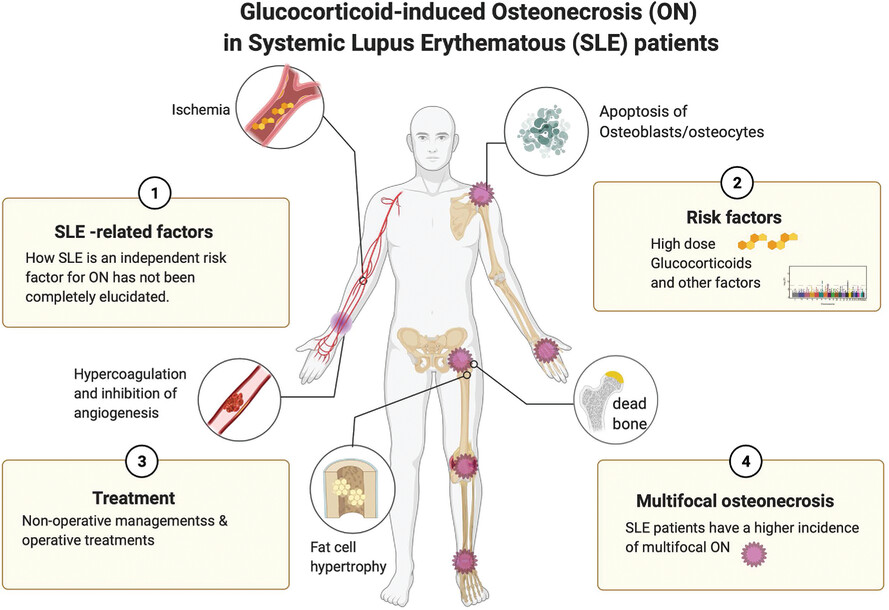
ON is a complex and multifactorial complication of Systemic Lupus Erythematosus (SLE). However, the pathophysiology and risk factors for ON in patients with SLE have not been fully determined yet. Here, we review the epidemiology, risk factors, diagnosis, and treatment options for glucocorticoid-induced ON, with a specific focus on patients with SLE
Artificial intelligence and digital health in improving primary health care service delivery in LMICs: A systematic review
- First Published: 10 September 2023
Development and validation of a prognostic model incorporating tumor thrombus grading for nonmetastatic clear cell renal cell carcinoma with tumor thrombus: A multicohort study
- First Published: 20 July 2023
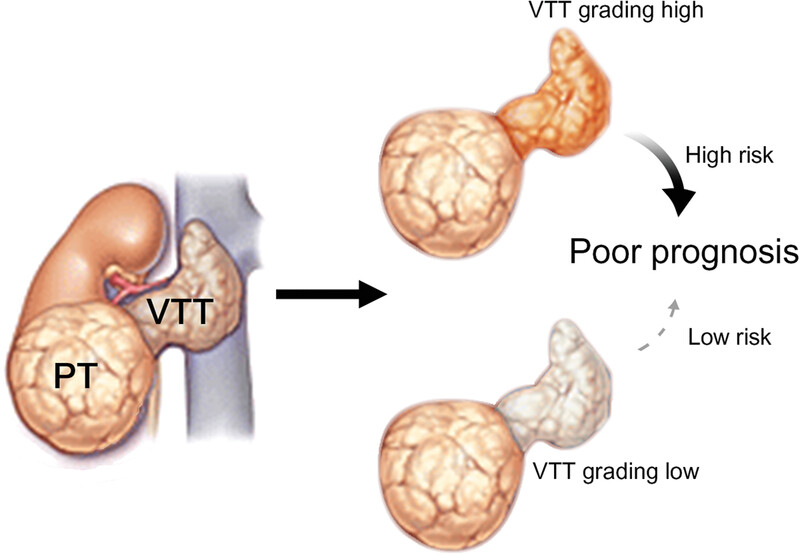
Inspired by the metastasis-seeding potential of VTT in ccRCC, we identified for the first time that pathological grading of VTT could serve as an unheeded prognostic factor. By incorporating VTT grading, TT-GPS score was constructed, displaying superior discriminatory ability for risk stratification in nonmetastatic ccRCC patients with VTT. This study highlights the significance of introducing VTT grading or TT-GPS score into routine pathological reports to improve the efficacy of risk assessment.
Nonviral vector system for cancer immunogene therapy
- First Published: 29 June 2022

Immunogene therapy has become an effective and significant clinical strategy for cancer therapy. Enhancing the response rate to immunogene therapy is significant to controlling side effects and improving efficacy. Improved nonviral vectors combined with immunogene therapy efficiently deliver genes to the desired tumor cells and activate immune response to fight tumors while alleviating adverse reactions, which is a promising treatment approach for cancer.
Chemoimmunotherapy for esophageal squamous cell carcinoma—Summary and discussion of recent clinical trials
- First Published: 14 August 2023
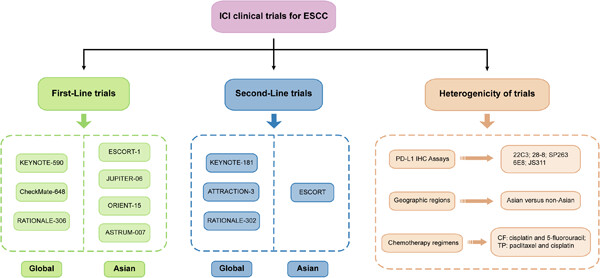
A large majority of clinical trials demonstrate the promising results of the addition of immune checkpoint inhibitor (ICI) to the existing treatment strategy for patients with advanced or metastatic esophageal squamous cell carcinoma (ESCC). Therefore, this article aims to discuss the results of these trials and to highlight the changes and future of ESCC treatment.
New era for emerging therapeutic targeting human epidermal growth factor receptor 3 (HER 3) in advanced nonsmall cell lung cancer and metastatic breast cancer
- First Published: 15 December 2022
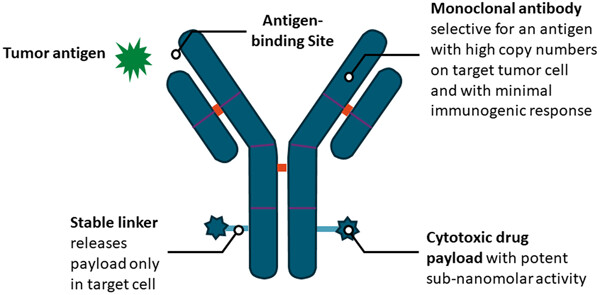
Human epidermal growth factor receptor 3 (HER3) overexpression represents a negative prognostic biomarker associated with poor survival. Targeting HER3 has shown some promise in early phase trials in both nonsmall cell lung cancer and metastatic breast cancer in heavily pretreated patients with varying degrees of response. Identifying a predictive biomarker will aid to better select patients that will respond to treatment.
The Cochrane Library
Experiences of conditional and unconditional cash transfers intended for improving health outcomes and health service use: a qualitative evidence synthesis
- First Published: 31 March 2023
Zinc supplementation for preventing mortality, morbidity, and growth failure in children aged 6 months to 12 years
- First Published: 30 March 2023
Community views on active case finding for tuberculosis in low‐ and middle‐income countries: a qualitative evidence synthesis
- First Published: 21 March 2024
Decision aids for people facing health treatment or screening decisions
- First Published: 29 January 2024



